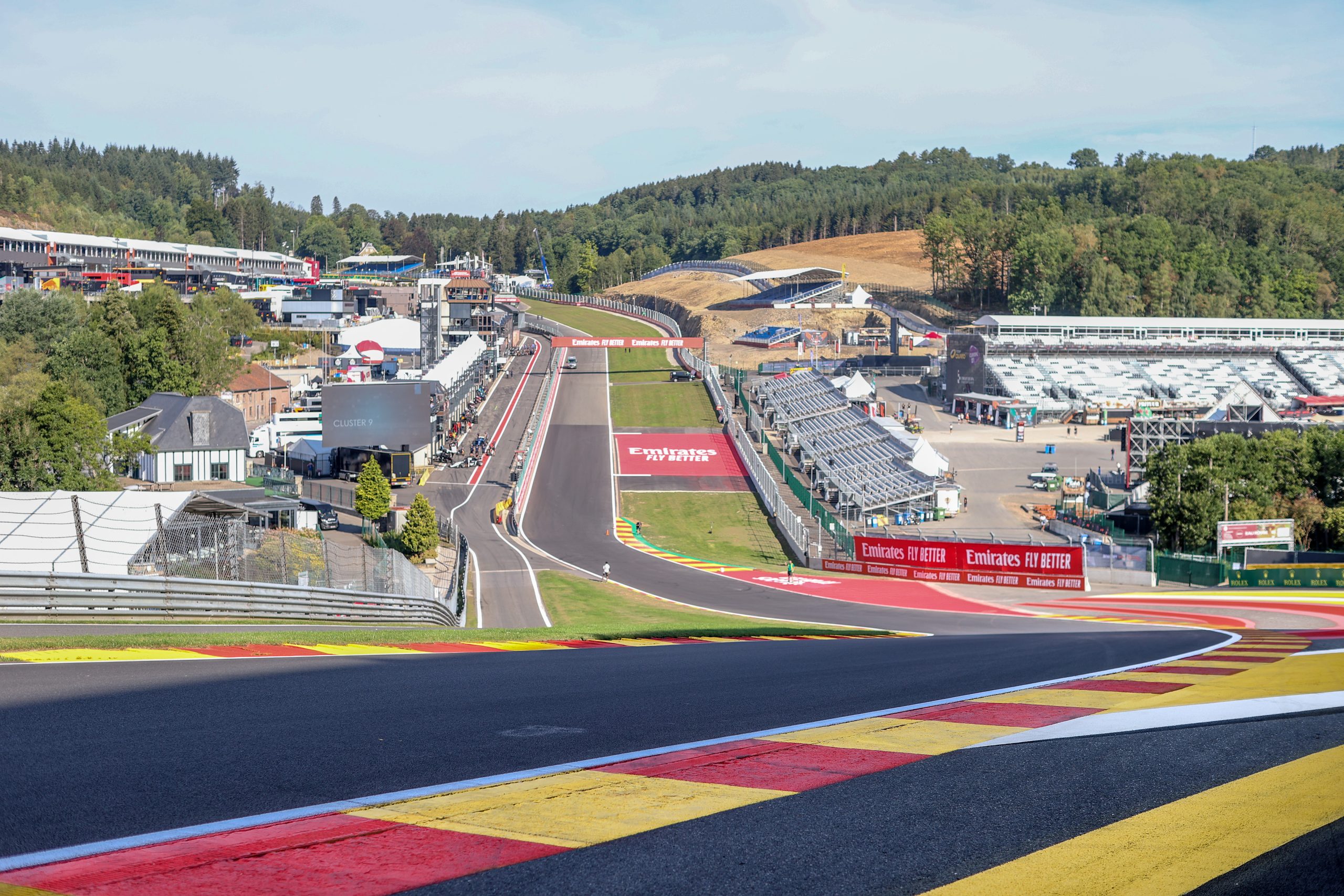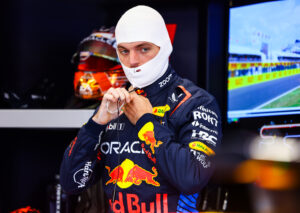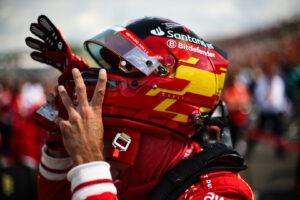The iconic Spa-Francorchamps has taken the lives of two young talents in the last four years. Is it time to say goodbye to Spa?
Spa-Francorchamps has been a controversial racetrack for many years. It is a fast track with excitement and is often perceived as dangerous. Yet it remains one of the most popular circuits on the calendar among drivers and race fans.
Earlier this month, the world of motorsport received the devastating news that Formula Regional driver Dilano van’t Hoff had died following a crash during a wet Formula Regional race at Spa-Francorchamps. The crash took place further up the Kemmel Straight – but it was still reminiscent of the Formula 2 accident that claimed the life of Anthoine Hubert in 2019.
Why Spa is dangerous
Looking back at the track’s history, it has been one of the most challenging tracks on the Formula 1 calendar. It is a circuit that truly tests drivers. With incredible elevation changes and the famous Raidillon hill corner with Eau Rouge – a small left-hand bend at the bottom of the Raidillon – and long high-speed corners like the Pouhon and technical flowy sections like Fagnes, this track has brought great racing moments. But the technicalities of this track have also brought on fearful moments.
The weather has also played a big role in that. The weather at this particular track is hard to forecast as it is quite unpredictable. This being paired with sheer speed along with fast and complex chicanes, has been the reason for danger to be associated with Spa.
To add to this, the track is big, and it is therefore common to have one part of the track really wet, and another completely dry. Contending with that transition from less grip to more grip is extremely tricky and is often dangerous.
Spa was dangerous from the beginning
There were fatalities at Spa in the 1950s, but 1960 saw the track have its darkest, bloodiest and deadliest year. During practice for the 1960 race, both Mike Taylor and Stirling Moss suffered car failure at over 150 mph. Taylor was left paralyzed when a steering column weld failed and sent him into the trees. Moss broke both his legs and his nose when his rear axle failed. But it was on Sunday that tragedy struck. On lap 20, Chris Bristow touched Wheels with another driver. The contact sent him into the barriers. He was killed instantly. The impact was so great that he was thrown from the car and his body lay on the track for the rest of the race. The drivers had to repeatedly swerve for the rest of the race to avoid Bristow’s body.
Not even five laps later, near where Bristow died, Alan Stacey was hit in the head by a bird. He lost control of the car and flew into the trees at 140mph. Unfortunately, the car exploded, instantly killing Stacey. The day’s events immediately caused many drivers, including Jim Clark, to develop a strong dislike for the track.
The driver protests at Spa
Despite the obvious dangers and a campaign for safety rails from the drivers, they were not installed until three years later in 1963. But this did little to prevent tragedy from occurring. Eight other riders would die driving around Spa in the 1960s and one of them was almost Sir Jackie Stewart who crashed his BRM at Master Kink corner at over 140mph and ended up upside down on a farm next to the track with broken ribs and fuel leaking from the car in which he was trapped. Luckily he was helped out of the car without further damage. Stewart began taping a spanner to his steering wheel in protest.
This crash would prove to be the beginning of the end for the old Spa layout, as Jackie Stewart led the Grand Prix Drivers’ Association and demanded changes to drastically improve safety. After Stewart visited the track on behalf of the GDPA in 1969, he was so upset by the lack of safety improvements that it was decided that the drivers and teams would boycott the race that year. While F1 returned to Spa in 1970, the track no longer met f1 safety standards, and they would not return there for another 13 years.
Spa remained dangerous despite tragedy and changes
F1 returned to Spa in 1983, returning to a very different circuit. Gone was a long 15 km layout, and in its place was a new semi-permanent 7 km track that is very similar to what we now know today as Spa-Francorchamps. The changes made to the circuit were meant to slow the cars down in order to enhance safety.
Despite the changes in 1983, the threat of danger was still present at Spa, especially through Ea Rouge. A barrier particularly at the top of Eau Rouge was dangerously close to the track. Drivers had to treat the corner with a whole new respect out of fear. Alex Zanardi had a massive crash in 1993 when his active suspension failed. He went straight on into that particular barrier. He suffered a severe concussion and was forced to miss the rest of the season as he reported dizziness, confusion and partial paralysis in the month afterward. The impact actually made him 3cm longer as his neck stretched. Engineers calculated that the Italian suffered 18 times the normally fatal level of G-force.
Eau Rouge went through more changes in 1994 in the efforts of making F1 safer. This was following the fatal crashes that killed Ayrton Senna and Roland Ratzenberger at Imola. A chicane was put between Eau Rouge and Raidillon, but was removed a year later. Normal Eau Rogue was back in 1995 with some runoff areas added and walls moved back.
Spa remains dangerous even in the modern era
Unfortunately, these changes weren’t able to stop people from losing their lives at this part of the track. Four people would die at Eau Rouge and Raidillon over the next 20 years across different motorsport categories at Spa. The most recent ones are Anthoine Hubert in 2019 during a Formula 2 race, and Dilano van’t Hoff who died earlier this month.
As for the Anthoine incident, his car hit the barriers and rebounded onto the track, where other cars were unable to avoid him and he was killed by contact with another driver’s car. F1 made changes to the circuit to stop cars from rebounding onto the track. However, drivers such as Lance Stroll recently revealed that more needs to be done.
Dilano’s incident was one that could have been avoided. Previously, in 2021, Lando Norris had a huge shunt at Eau Rouge during a very wet qualifying session. It was too reminiscent of previous crashes at that section. The next day, on Sunday’s race, the track was declared too wet and dangerous. The race was run under the Safety Car for three laps with drivers being awarded half points by the end of it.
During this year’s FRECA Race 2 at the Belgian GP, it was wet. Conditions were very similar to 2021’s. Still, the FIA still allowed the juniors to drive on a track as dangerous as Spa, under conditions they deemed unsafe for mature and experienced F1 drivers. Sadly, the decision to race under such conditions lead to Dilano losing control. He stopped in the middle of the track and was hit by other drivers who were affected by the obvious low visibility.
Should we say goodbye to Spa?
It is more than obvious that Spa is an iconic track, with iconic chicanes and straights. The track has sections that deliver great entertainment for motorsport fans and great racing for the drivers. But when entertainment triumphs over safety, time and time again, and years turn into decades, big changes need to be made.
Safety needs to be a priority. Top priority. Minor changes here and there to dangerous track sections have clearly not made a difference. It might be time for F1 to make major changes, even if it means letting go of sectors like Eau Rouge and Raidillon, or the track as a whole.
While it is understandable that the weather in Belgium is quite unpredictable when conditions are known to be unsafe, there shouldn’t be hesitation as to whether on-track running should continue.
The FIA and Formula One have the means to make a change that will help increase safety at Spa significantly. It is a question of whether they will prioritise safety over entertainment. Enough time has passed and enough blood has been shed.






